A Spiritual Glimpse into Bangkok’s Sacred City Pillar Shrine
Amid today’s rising wave of cultural pride—and maybe just a touch of nationalistic spirit—Nai Mu, our spiritual storyteller from Ticy City’s God’s City series, takes us on a journey to uncover the divine protectors of Thailand’s capital.
At the heart of this exploration is the City Pillar Shrine of Bangkok, a sacred site that not only houses the capital’s founding pillar but also enshrines five powerful guardian deities believed to protect the city of Rattanakosin.

Bangkok: The City of Indra
Ancient Thai beliefs hold that every great city is guarded by unseen forces—city spirits or “Phi Mueang.” The City Pillar itself is more than a foundation—it’s believed to be intrinsically linked to the spiritual fate of Bangkok and the Chakri Dynasty.
Inside the Devasathan, or deity shrine within the complex, stand the statues of five celestial protectors:
- Phra Suea Mueang (Protector of the Land)
- Phra Song Mueang (Sovereign Spirit of the Realm)
- Phra Khan Chai Si (Warden of Souls)
- Chao Pho Chao Jed-khup (Keeper of the Dead)
- Chao Pho Hor Klong (Lord of the Drum Tower)
Together, they form a divine force field said to watch over Bangkok since its founding in 1782. Later, under King Rama IV, the most iconic of Thai guardian spirits, Phra Siam Devadhiraj, was introduced—becoming the official spiritual guardian of the Kingdom of Siam.
“Born into this nation, one must honor its heritage and faith. Let not this Thai birthright go to waste. If one loves oneself, why remain idle? One should feel a burning passion—for a divided nation achieves nothing.”
– From the royal composition “Without Love, All Is Lost” by King Vajiravudh (Rama VI), featured in the classic play “Tao Saan Pom”
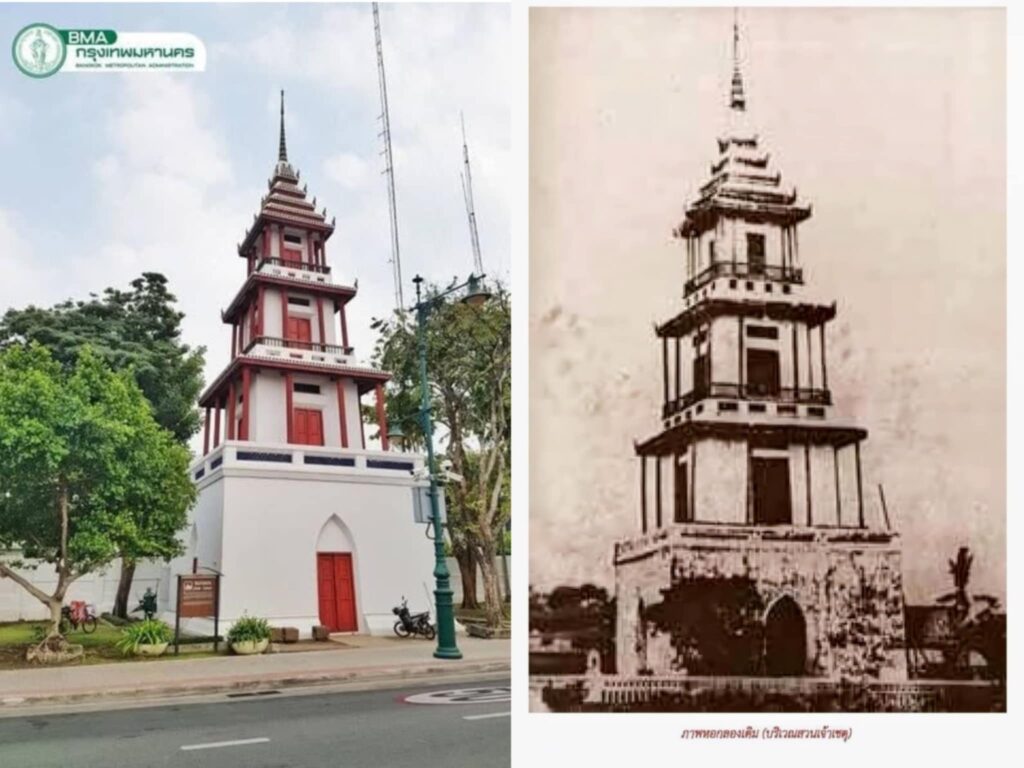
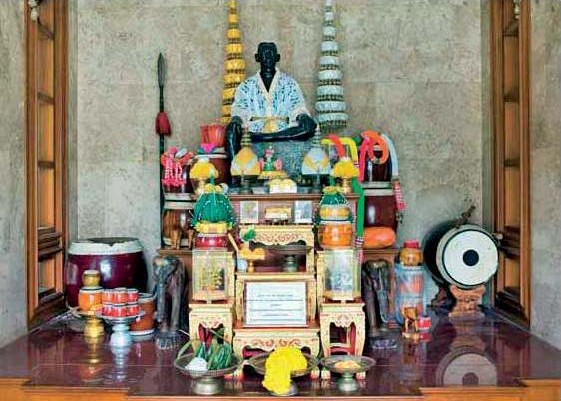

The Echoes of the Drum Tower
Among the five, Chao Pho Hor Klong—the Lord of the Drum Tower—has roots stretching back to Ayutthaya. Historically, the drum tower was part of the city’s defense system, operated by the royal guards. Built in 1782 by King Rama I, it featured three levels, each with a drum serving a distinct purpose:
- Lower tier: Marked daily time and opening/closing of city gates.
- Middle tier: Warned of fires in the city; a triple strike meant fires outside the walls, continuous drumming signaled danger within.
- Top tier: Sounded in times of war—when enemy forces were near.
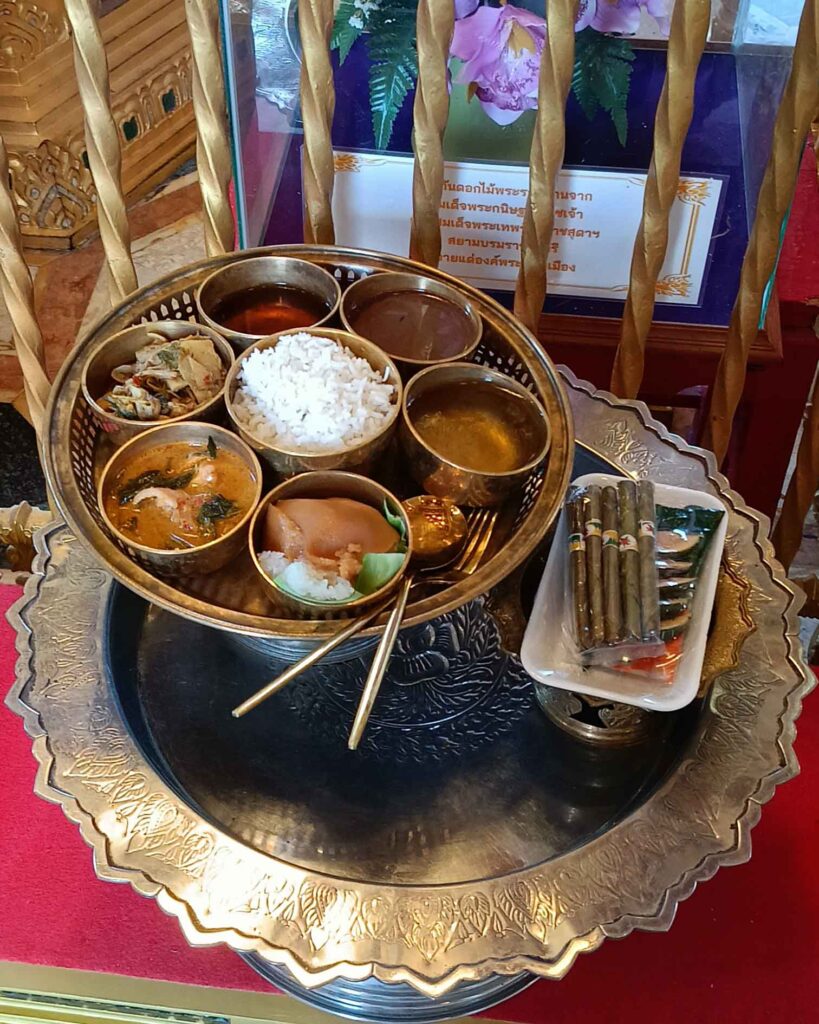
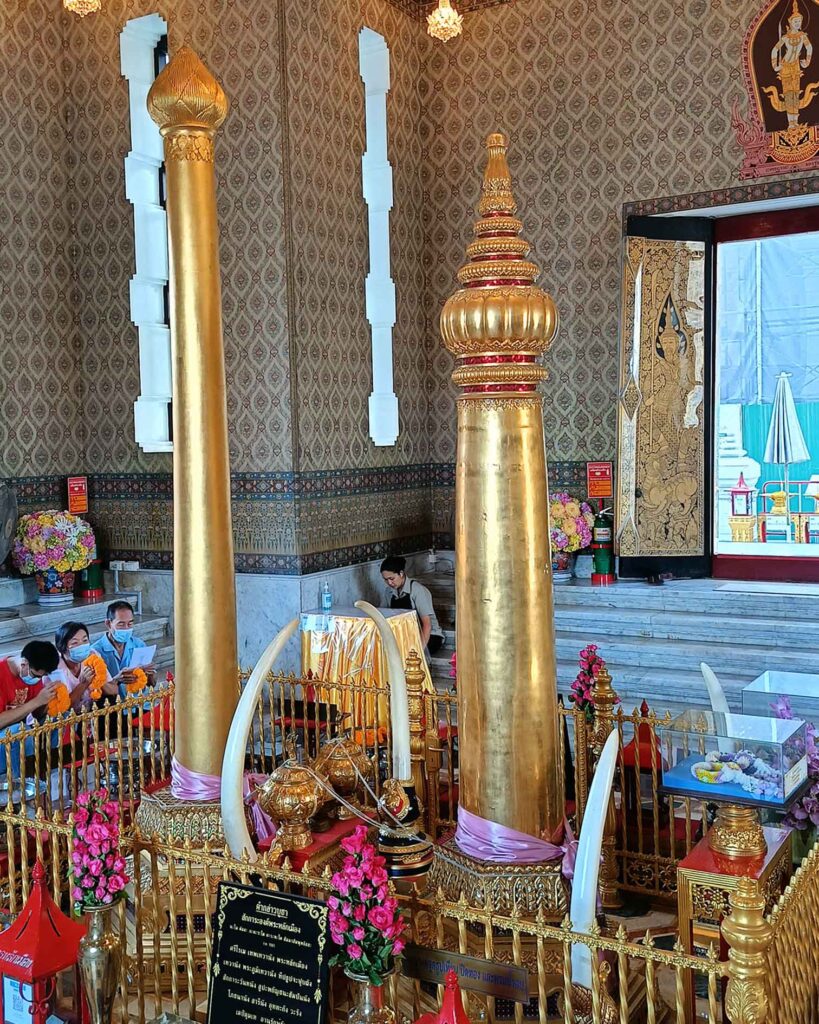
The Drum Tower spirit is still honored today. While the main shrine is under renovation, devotees can pay respects at an alternative shrine on Atsadang Road, behind the Department of City Defense. This shrine houses a statue believed to represent Prince Maha Sura Singhanat, the famed viceroy and younger brother of King Rama I. A skilled military commander, he was known for using war drums to rally troops and intimidate enemies.
Another shrine exists within the Ministry of Defense, honoring Phraya Si Sura Sakhon (Chan), a warrior under King Taksin who also wielded the power of the war drum. Both figures are revered today as Chao Pho Hor Klong.
The Five Guardian Deities
Each deity represents a unique spiritual responsibility:
- Phra Suea Mueang – A gilded bronze standing figure with a scepter and discus. He protects land and water routes. Rooted in ancient animist traditions, he evolved from local guardian spirits once known as phi suea.
- Phra Song Mueang – A regal figure with a sword and conch shell, symbolizing royal authority. He oversees state affairs and the well-being of the people.
- Phra Khan Chai Si – A four-armed figure riding an owl, holding fire, a sword, and a noose. He manages the human soul cycle—from birth to death.
- Chao Pho Jed-khup – Carved from golden teak, holding a stylus and palm-leaf manuscript. Also known as Chitragupta, he records the fates of the dead for the god Yama.
- Chao Pho Hor Klong – A bronze figure standing on an octagonal base, holding a lotus and animal horn. He represents earthly grounding and sacred sound.
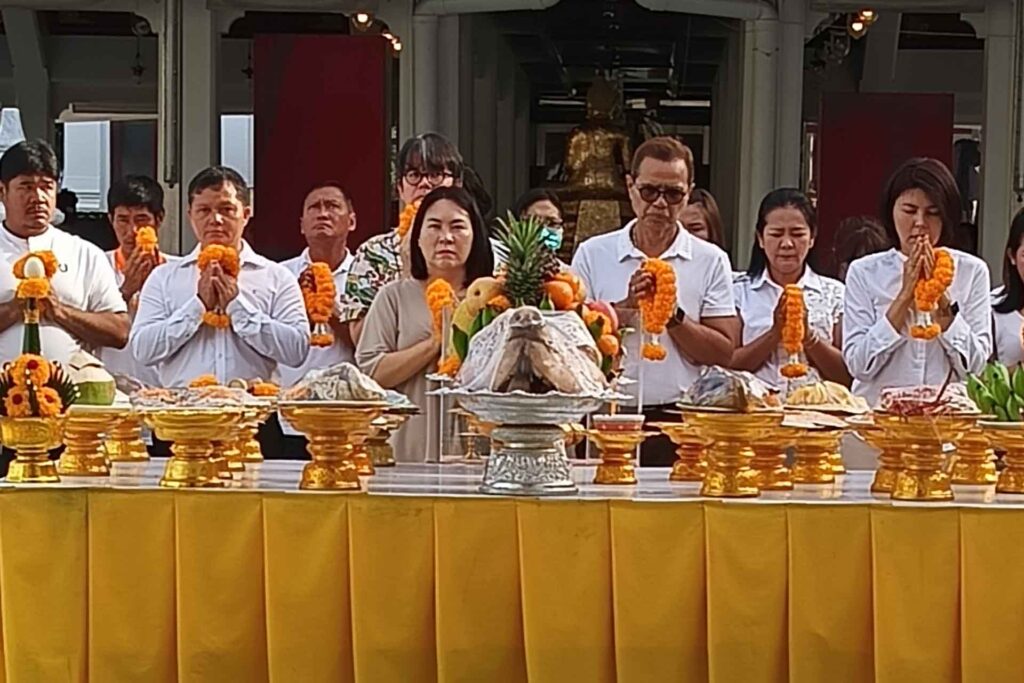
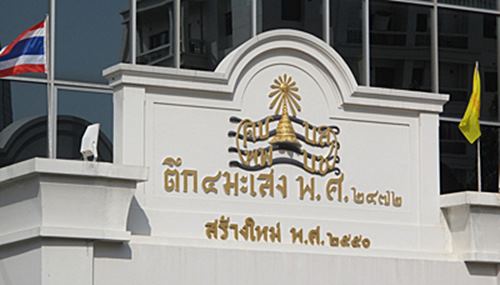
A Kingdom Rooted in the Stars
On April 6, 1782, King Rama I ascended the throne. Just weeks later, on April 21, the City Pillar was ceremoniously raised—at precisely 6:54 AM—as prescribed by royal astrologers. Legend has it that four serpents were sacrificed during the ritual. Astrologers prophesied the monarchy would last 150 years—up to 1932, the year of Thailand’s constitutional revolution. In a bid to counter this omen, royals born in the Year of the Snake helped fund the construction of the Four Serpents Pavilion at Chulalongkorn Hospital in 1929.
During the reign of King Mongkut (Rama IV), a second city pillar was erected in 1852 to replace the damaged original and neutralize bad omens—also ensuring Siam remained independent amid colonial threats. Known as the Father of Thai Astrology, the king was a scholar of both Eastern and Western sciences and deeply versed in astrology and metaphysics. Under his reign, the revered deity Phra Siam Devadhiraj was also created—an embodiment of Thailand’s divine sovereignty.
In 2019, King Vajiralongkorn (Rama X) officially granted King Mongkut the full royal title:
His Majesty King Mongkut, Phra Siam Devamahamongkut Wittayamaharat, honoring his vision, wisdom, and spiritual legacy.
Learn more about Phra Siam Devadhiraj:
https://ticycity.com/culture/gods-city/phra-siam-devadhiraj
Written by: Nai Mu
Some images used are sourced from public domain and the internet.







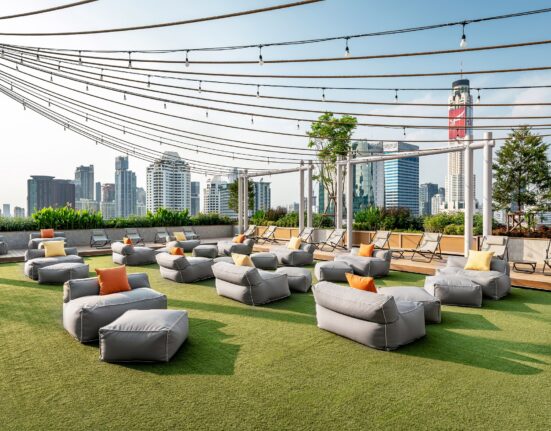
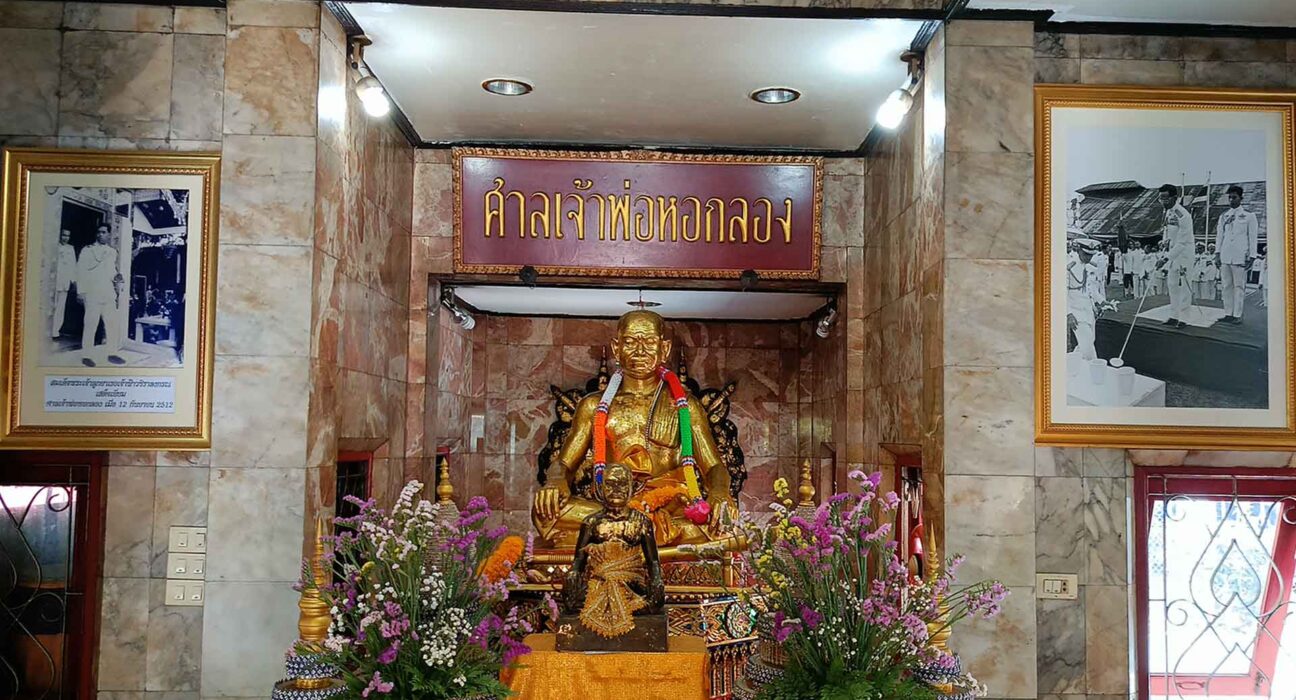

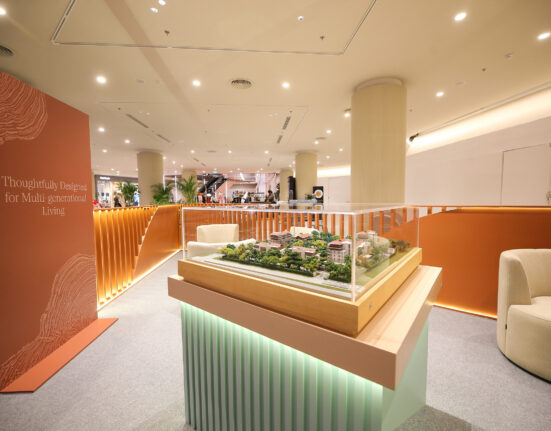
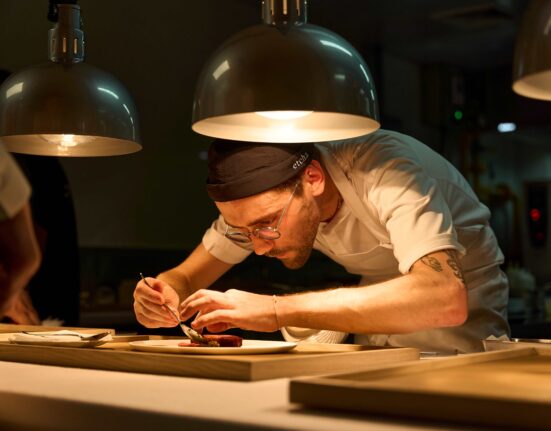
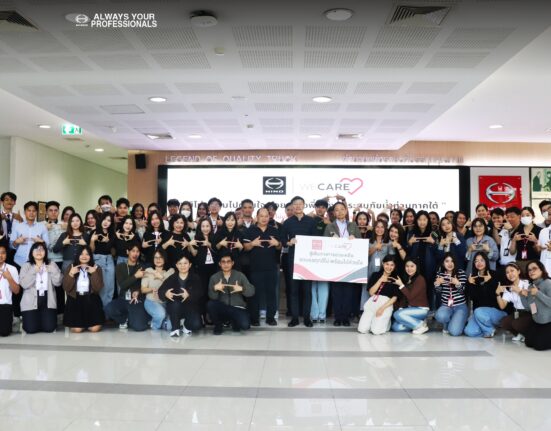
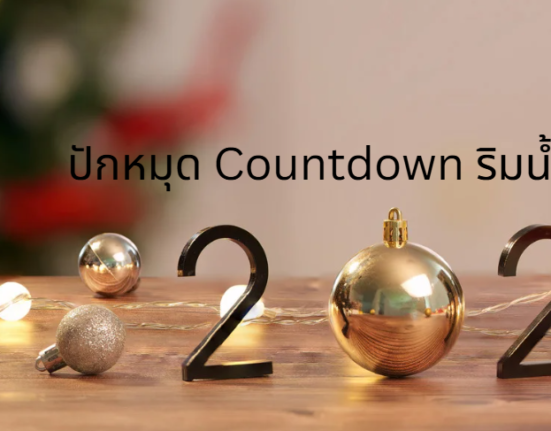
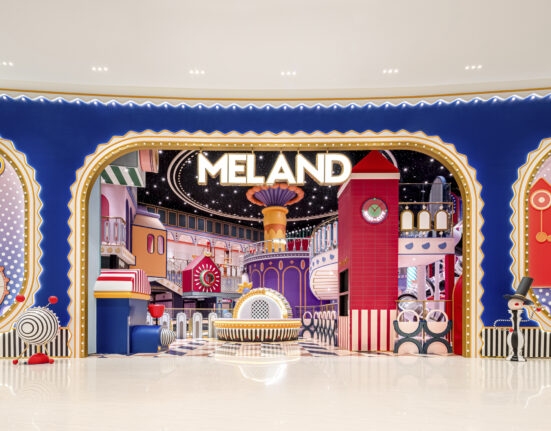
Leave feedback about this